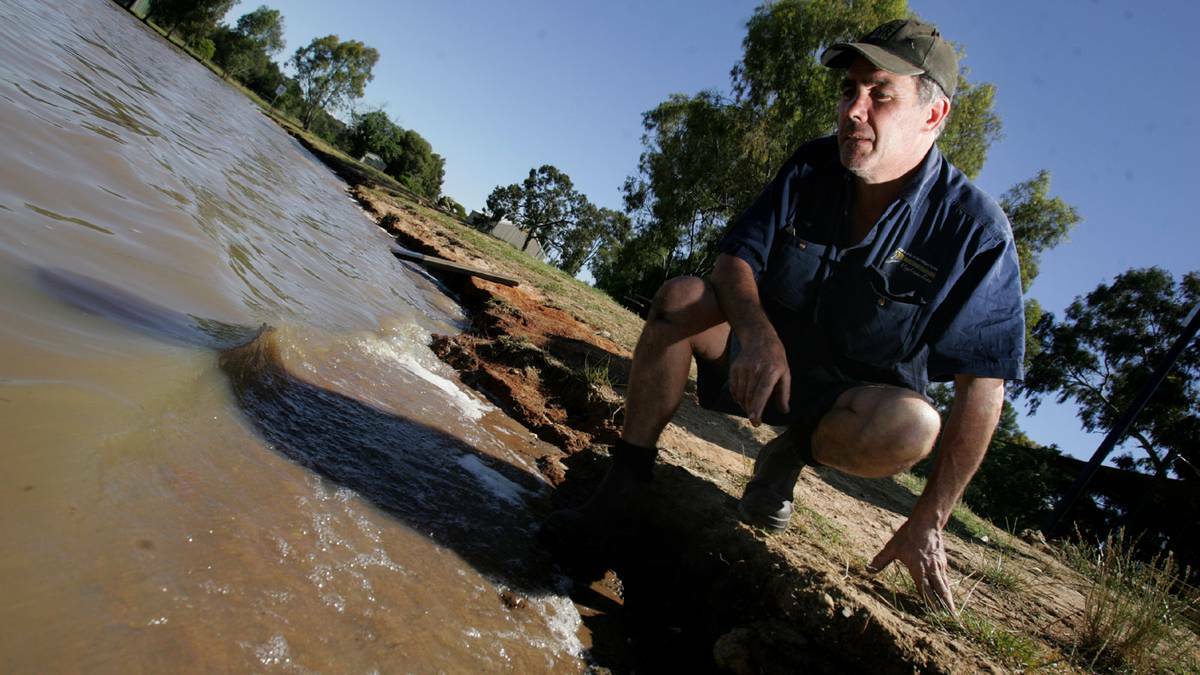
THE city’s economy has been dealt a sobering $1 million blow as low Lake Albert water levels have forced the cancellation of the annual Barry Carne Memorial Classic.
Subscribe now for unlimited access.
$0/
(min cost $0)
or signup to continue reading
Up to 4000 people were expected to converge on Wagga over the Mother’s Day weekend for the ski race challenge, but a 1.2m water level saw the competition abandoned for the fourth time in just seven years.
Organisers now fear the Ski Racing Australia event could be revoked and moved elsewhere if a solution to maintain the lake at a constant water level is not reached.
“It’s a knock to everyone, you only have to look at hotels, service stations, supermarkets,” Barry Carne committee member of 30 years, Warren O’Halloran, said. “I just hope we don’t lose it.”
The two-day event was expected to attract considerably more people to the city this time around because the Bridge to Bridge Water Ski Classic in Sydney was cancelled this year.
Mr O’Halloran said the impact of losing the event was an economic blow to the city, but also a disappointment to competitors.
“It’s like a footy grand final, it’s the last event on the calendar,” he said.
“Everything’s just there, you've got the club, you’re not having to walk a kilometre to get anywhere.”
It’s estimated to have cost the city $1 million if each visitor spends about $250 over the weekend.
The Boat Club cops arguably the biggest wrath, losing between $25,000 and $30,000 each time the event is cancelled, including in 2008, 2009 and 2011.
“It’s a draw card for the whole city,” club commodore Mick Henderson said.
“There’s fears we’re going to lose it, that’s starting to be a big issue.”
Mr Henderson is among many who are calling for a solution to the falling water level.
Earlier this year, in the wake of user groups expressing concerns, an industry expert floated solutions to the longstanding problem.
Now, Mr Henderson wants to see the issue back on the agenda.
“We need council to put it on their priority list, that’s what we need,” he said.
Suggestions included an aquifer recharge storage system to allow water to be pumped underground from the lake and stored to counter evaporation loss, or running a pipe from the Murrumbidgee River to maintain the lake at a constant level, estimated to cost at least $5 million.

